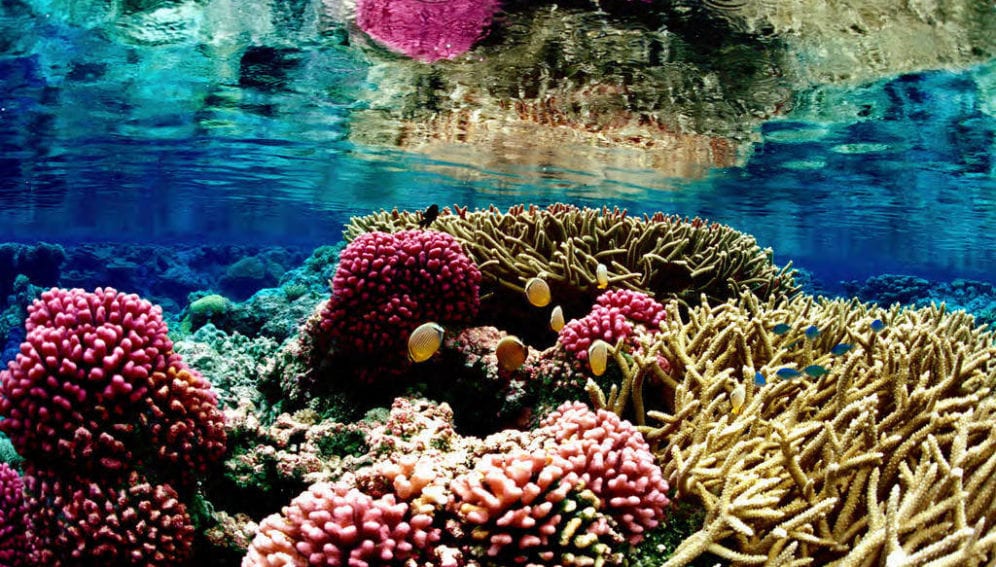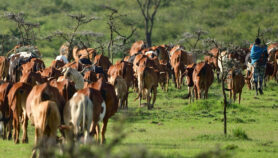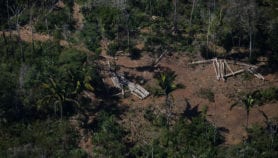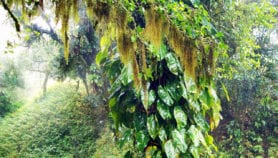By: Neena Bhandari
Send to a friend
The details you provide on this page will not be used to send unsolicited email, and will not be sold to a 3rd party. See privacy policy.
A report mapping the benefits of ocean ecosystems aims to assist governments and businesses in making informed decisions when using marine and coastal resources.
The Atlas of Ocean Wealth, published last week, compiles data and qualitative information on the benefits of coral reefs, marshes, mangroves, seagrass meadows and oyster reefs. It finds that fish catches are declining, ocean temperatures are warming, sea levels are rising, and extreme weather events are threatening coastal habitats.
Oceans cover 70 percent of the planet, supporting a global seafood economy that accounts for US$190 billion yearly and provides for protein needs of 17 percent of the global population.
“Think of bundles of ecosystems generating bundles of benefits,” says co-author Mark Spalding, a marine scientists working for The Nature Conservancy, a non-profit group. He explains that mangroves, for example, stop dangerous waves, produce fish, store carbon and grow upwards with sea-level rise.
“But even those benefits are enhanced if in front of the mangroves there are coral reefs and seagrass beds,” he says.
The atlas illustrates how coral reefs provide shelter along 150,000 kilometres of the world’s tropical coastlines, protecting an estimated 63 million people in more than 100 countries.
“For each of Indonesia, Malaysia, Mexico and the Philippines, the annual expected benefits of reefs in coastal protection exceed US$450 million per year,” says Spalding. “Coastal wetlands have sequestered 9.6 metric gigatons of carbon dioxide, equivalent to all the emissions of France over the same period since 1990.”
Researchers gathered data using traditional sources and latest technologies — but they also used social media resources such as Flickr photos and TripAdvisor reviews, to quantify and map the value of ecotourism and how much this is linked to coral reefs.
Robert Brumbaugh, The Nature Conservatory’s director of ocean mapping and planning, stressed the importance of putting social, ecological and economic development information in one place for businesses and policymakers. He said the information is important for countries committed to the global Convention on Biological Diversity.
This convention calls for ten per cent of ocean territory to be protected by 2020, focusing on areas that are crucial for what the report calls “ecosystem services”.
“Knowing where and how those services are produced will make it possible for nations to meet these commitments.” Brumbaugh said.
This piece was produced by SciDev.Net’s South-East Asia & Pacific desk.
References
Mark Spalding and others The Atlas of Ocean Wealth (The Nature Conservancy, June 2016)














